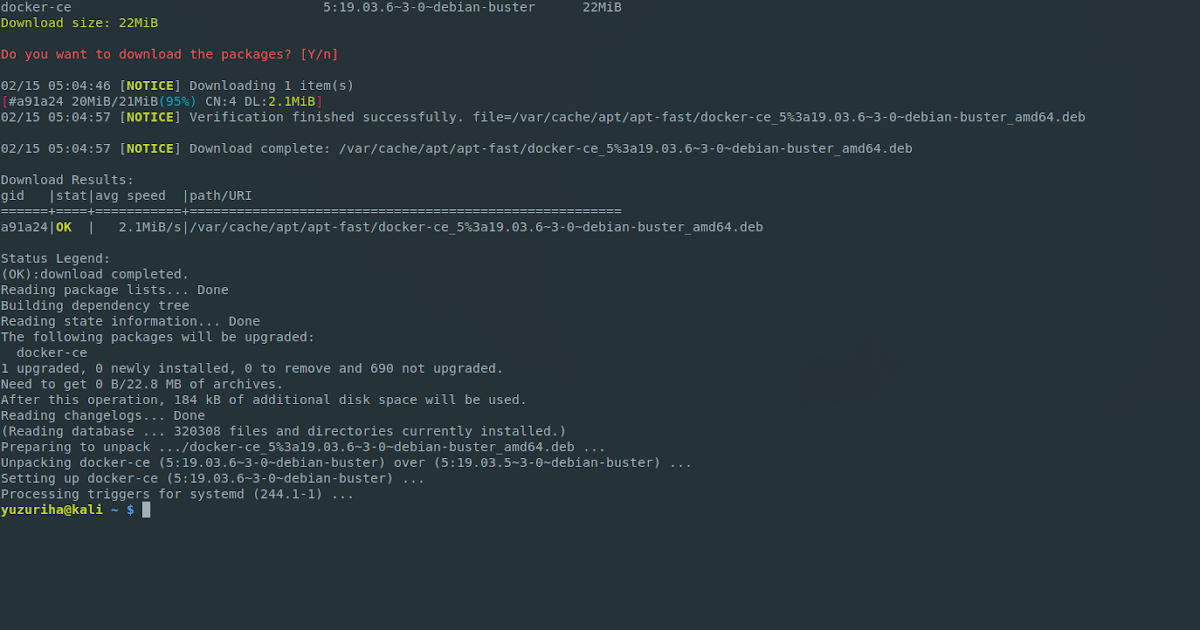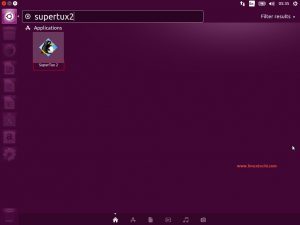

Sudo apt-get install emacs # start it with ^X-D Dired also features an embedded image viewer. Dired has support for file operations, including creating symlinks or hard links, change permissions, encrypt/decrypt files, diff and integration with many other tools. This is yet another GTK2-based file manager with a twin-panel interface, and comes with functions to perform basic file management functions, an output panel, run as root.ĭired is the default file manager in the powerful Emacs application and it can be started pressing Ctrl+X and then pressing D. Vifm is yet another twin-panel file manager for the console, also built using ncurses, including Vim-style keyboard shortcuts. Midnight Commander is a popular twin-panel file manager for the terminal, based on ncurses library and therefore using a text-user interface. Krusader brings any feature possible, and can be configured to behave differently depending on the user’s needs.


I think this is *the* twin-panel file manager for KDE. Xfe is a great file manager written using the FOX toolkit, and although it doesn’t blend very well with neither KDE or GNOME, it has some cool features and a somewhat different way of using it, which can please certain users.Īs its name suggests, GNOME Commander is a twin-panel file manager for GNOME, with an interface that resembles the one of Midnight Commander. ROX-Filer is yet another GTK file manager, starting by default with a compact interface, that is only a toolbar at the top and the space for displaying files and folders occupying the rest of the window. Tab support is missing, however Thunar features a left sidebar for fast access to common places, sorting, zooming, three view modes. Written in GTK, this is the default file manager in the Xfce desktop environment, which has the goal of staying simplistic and only offering basic features. PCManFM is a fast and lightweight GTK file manager with features like tabs, file/folder sorting, four view modes (icon view, thumbnail view, compact view and detailed list view), File-Roller archiver integration, bookmarks. I will highlight here the main features that are brought by Konqueror as a file manager only: profiles, extensions, fullscreen mode, window splitting left/right or top/bottom, four view modes (icons, details, columns, terminal emulator), previews or sorting. It is not only a file manager, but a web browser or image viewer too, and more. Konqueror is a powerful KDE application which has been around for years. Nautilus can be expanded via plugins and it also supports context menus. The default file manager in GNOME, Nautilus has an intuitive interface and offers features like previews, sorting, three view modes (icons, list, compact), bookmarks. Thank you for all the suggestions!ĭolphin is the default file manager in KDE and it features an easy to use interface, tabs, previews, three view modes (icons, details, columns), vertical window splitting, file and folder sorting, service menus, tags, two-mode location bar. This overview now contains 25 file managers. You can run the following command to edit /etc/apt/sources.Five more file managers were added: Sunflower, Marlin, SpaceFM, Ranger and FDclone. You may edit the /etc/apt/sources.list file directly to add a new package repository. The package repository information is stored on the /etc/apt/sources.list file. Adding a Package Repository Manually on Debian I will use Debian 9 Stretch for the demonstration.
DOUBLE COMMANDER DEBIAN REPOSITORY HOW TO
In this article, I will show you how to add a package repository on Debian. You can also have your own local package repository and add it on Debian. A package repository is a HTTP or FTP server on the web where a set of packages are kept on the internet along with the package metadata that a package manager like apt downloads and uses first to find out what packages are available on the package repository. The package manager downloads and installs packages from a package repository. We use a package manager like apt to install and manage packages on Linux. For that you need to install additional packages.

You may want to set up a file server, or a web server, or a database server or something else. But the default packages are never enough. On Linux a set of packages are installed by default.


 0 kommentar(er)
0 kommentar(er)
